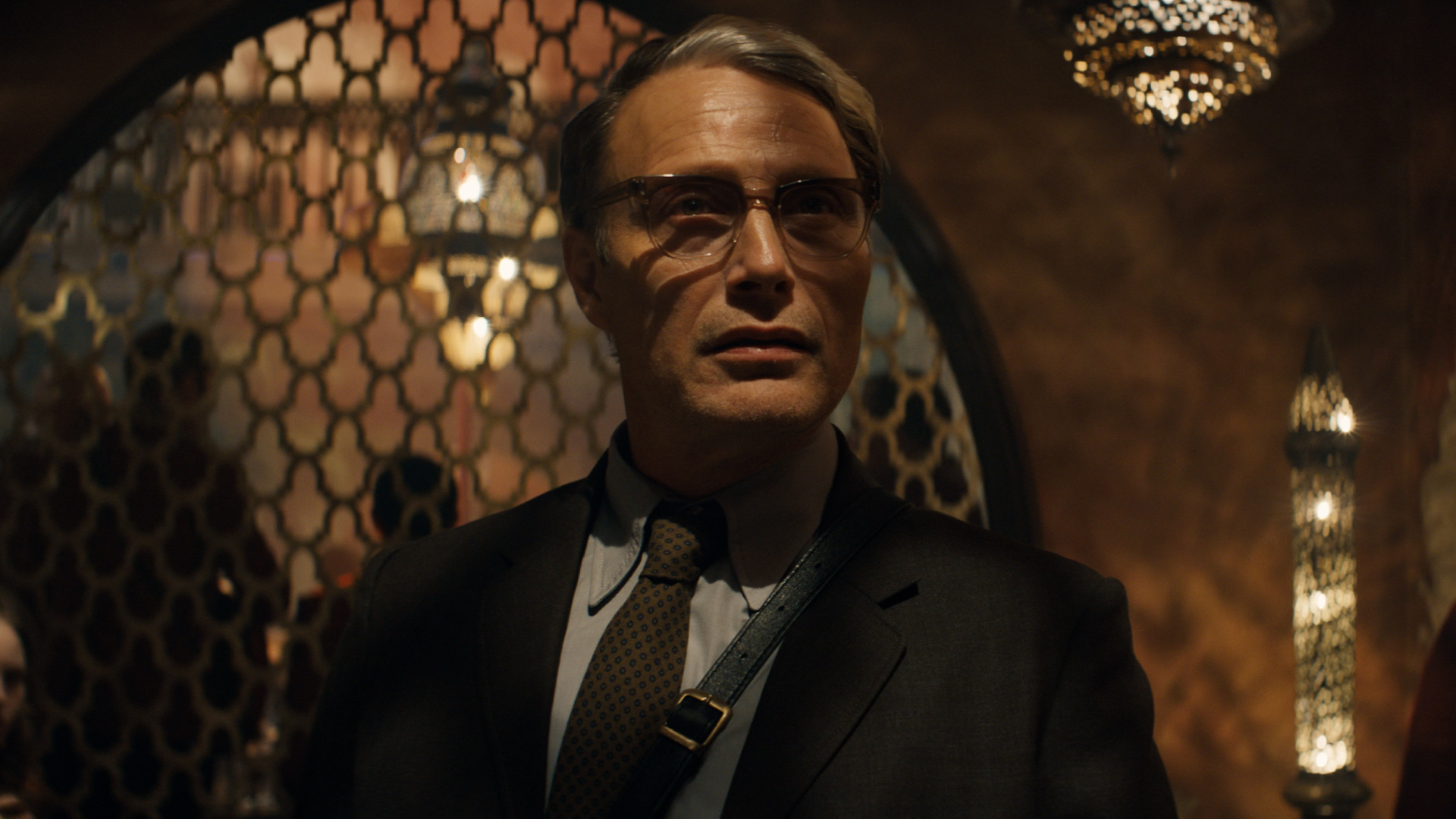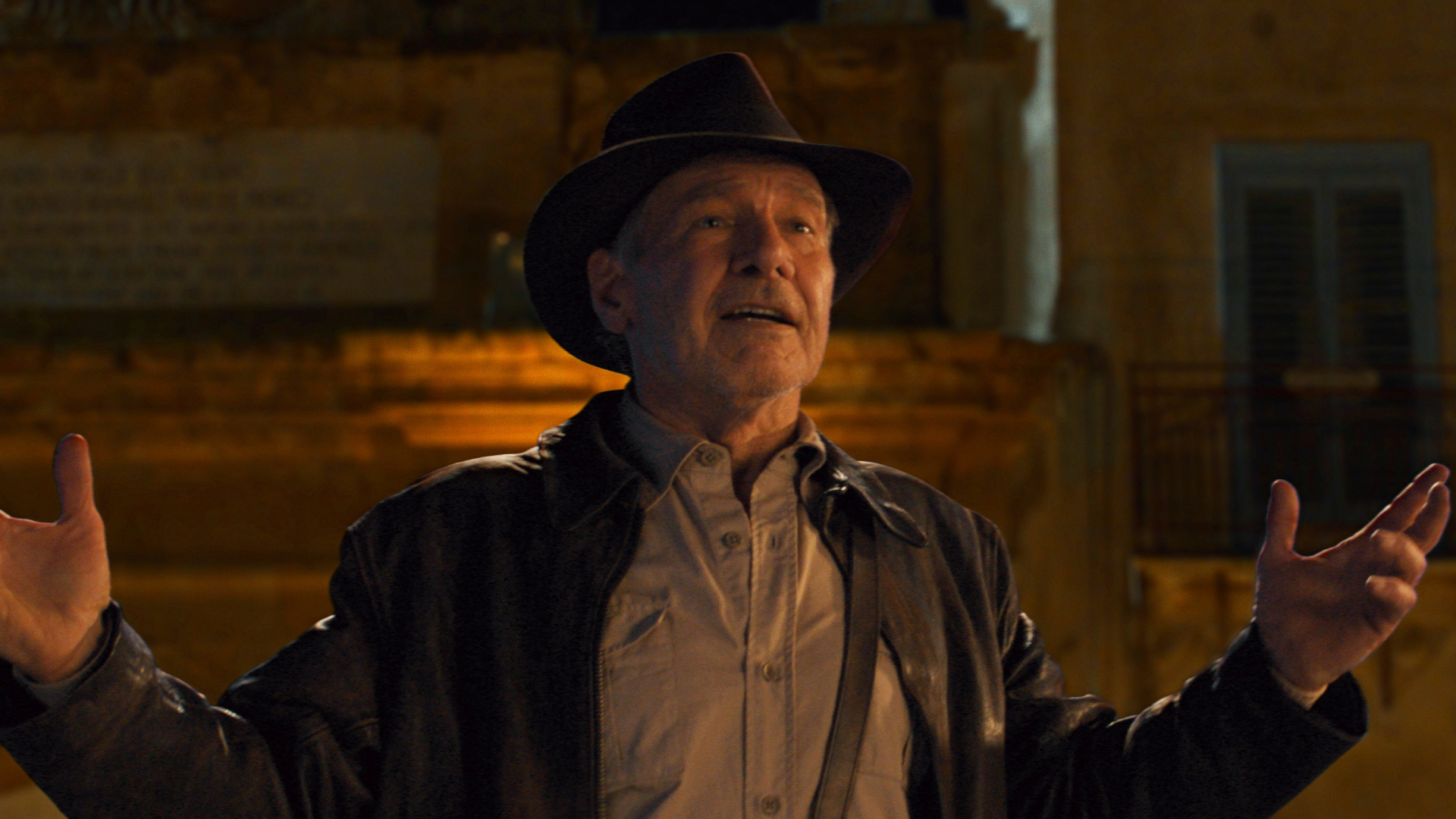Dial of Destiny director James Mangold breaks down the wild Indiana Jones 5 final act
Indiana Jones 5 has a wild ending

Indiana Jones and the Dial of Destiny is finally here, following the final quest of Harrison Ford's iconic adventurer.
The film revolves around a device called the Antikythera, an artefact from the ancient world with time-twisting capabilities. Once the object gets used, the film goes in a very unexpected direction – and director James Mangold has broken down that wild final act in conversation with Inverse.
It should go without saying, but the following contains major spoilers for Indiana Jones and the Dial of Destiny! Turn back now if you haven't seen the movie yet!

If you're still here, then you've seen the movie, and you know that Indy ends up in ancient Sicily. 212 BC to be precise, arriving in the midst of the siege of Syracuse. In real life, that's when Archimedes, the famed inventor, is killed. In Dial of Destiny, however, his invention the Antikythera (which, while a very real artefact, sadly does not have time travel capabilities in reality, and we also don't actually know who made it) was always intended to bring help from the future to end the siege.
The sinister Dr. Voller (Mads Mikkelsen) plans on using the Antikythera to kill Adolf Hitler and take his place, leading the Nazis to a dreaded victory himself. Instead, though, Voller ends up in ancient Sicily along with Indy and Helena. Ultimately, the Nazi plane is shot down by Roman bolts, though Indy and Helena survive and escape back to the right time.
"The real answer you're looking for is: the theme of the movie was time," Mangold told Inverse. "My Indy is a 70-year-old Indy, and so I wanted not just time in the sense of travel, but time in the sense of, I can't undo the mistakes of my past. I can't be the guy I was then because the world has changed around me. Time and all its facets that catch up with us as we get older."
The director added that he did consider setting the ending in Nazi Germany with Indy trying to stop Voller, but it ultimately didn't work. "But the more I sketched that out in my mind, the more that became kind of just a spy movie at the end," he explained. "I couldn't find a way to emotional resonance."
Bringing all the latest movie news, features, and reviews to your inbox
He added that the movie discusses "three different time periods," but 200 BC was the only one that the film hadn't shown. "So why don't we go there? Because that's the only one I've been hearing a lot about but I haven't seen."
Going that far back in time also meant that Indy got to have a very emotional moment.
"The idea immediately moved me," Mangold said. "Indy's character would suddenly be faced with something he's only imagined all his life. The reality of something he's been only looking at through the keyhole of history and artefacts and is suddenly in it. And what a powerful moment that might be for Harrison himself to play."
Indy's awe at ancient Sicily is indeed very moving – but we're glad he found his way home again by the end of the movie.
Indiana Jones 5 is in theaters now. For much more on the movie, check out our pieces below:
- Our Indiana Jones and the Dial of Destiny interview with the cast and director
- Harrison Ford and James Mangold's favorite Dial of Destiny memory
- Kathleen Kennedy and Frank Marshall look back on over 40 years of Indiana Jones
- Our Indiana Jones and the Dial of Destiny Cannes interview
- Why Harrison Ford doesn't want to reflect on his old movies
- Mads Mikkelsen is desperate to play a zombie
- Mads Mikkelsen recalls meeting Harrison Ford
- The Indiana Jones and the Dial of Destiny ending explained
- Does Indiana Jones and the Dial of Destiny have a post-credits scene?
- Kathleen Kennedy reveals the Rey and James Mangold Star Wars movies are linked

I'm the Deputy Entertainment Editor here at GamesRadar+, covering all things film and TV for the site's Total Film and SFX sections. I previously worked on the Disney magazines team at Immediate Media, and also wrote on the CBeebies, MEGA!, and Star Wars Galaxy titles after graduating with a BA in English.


